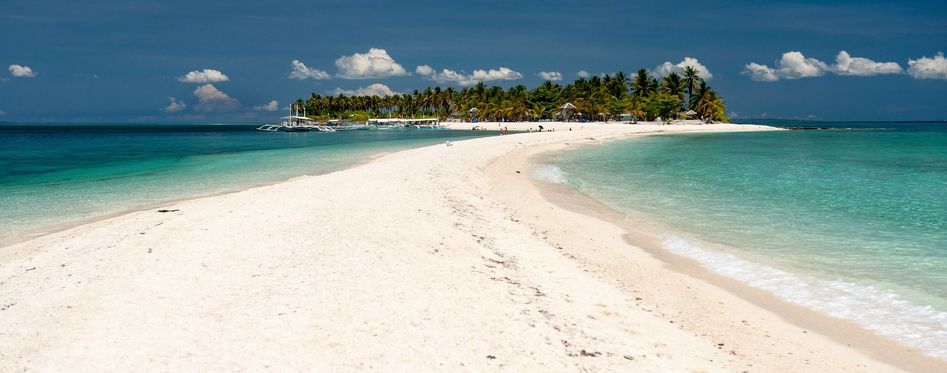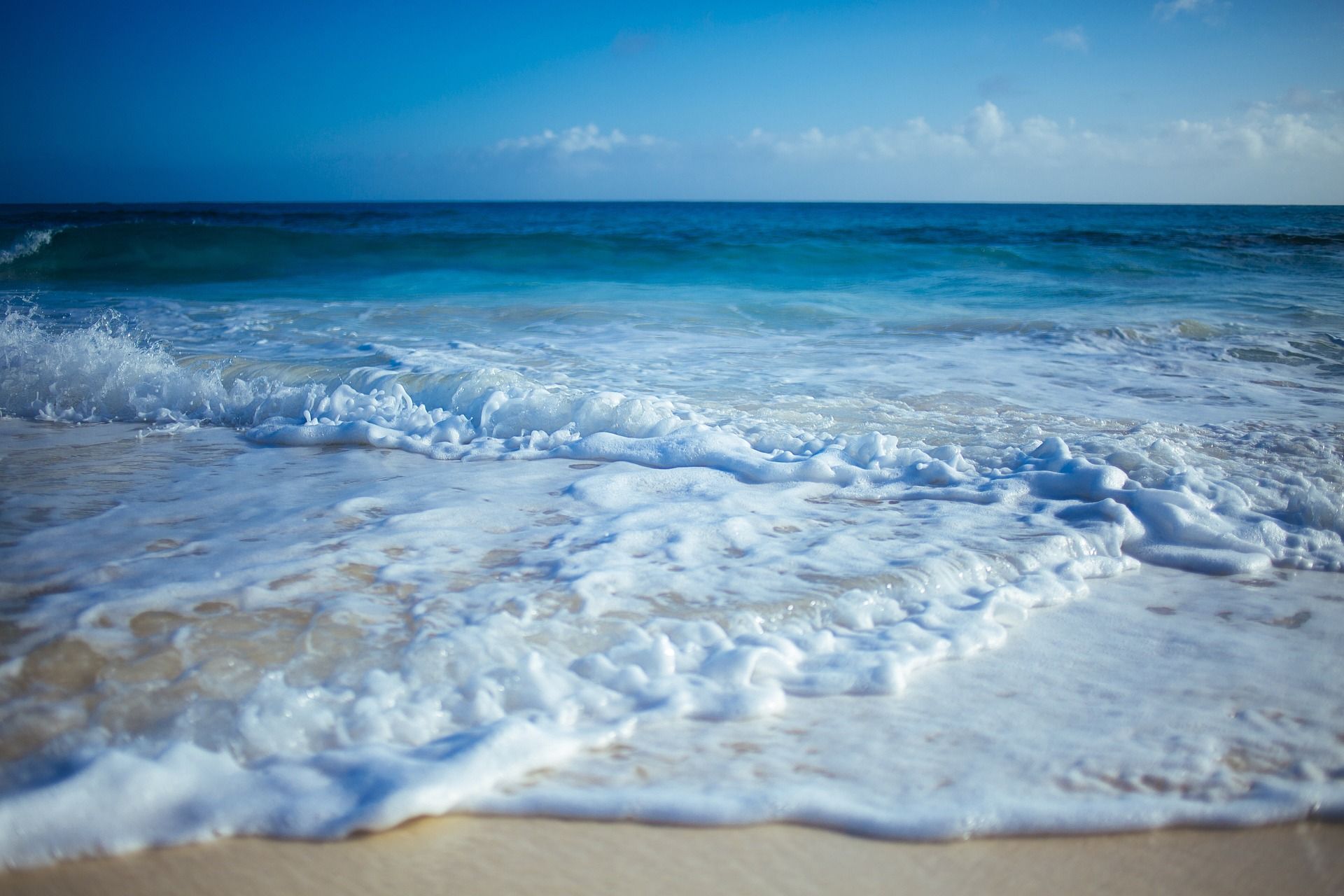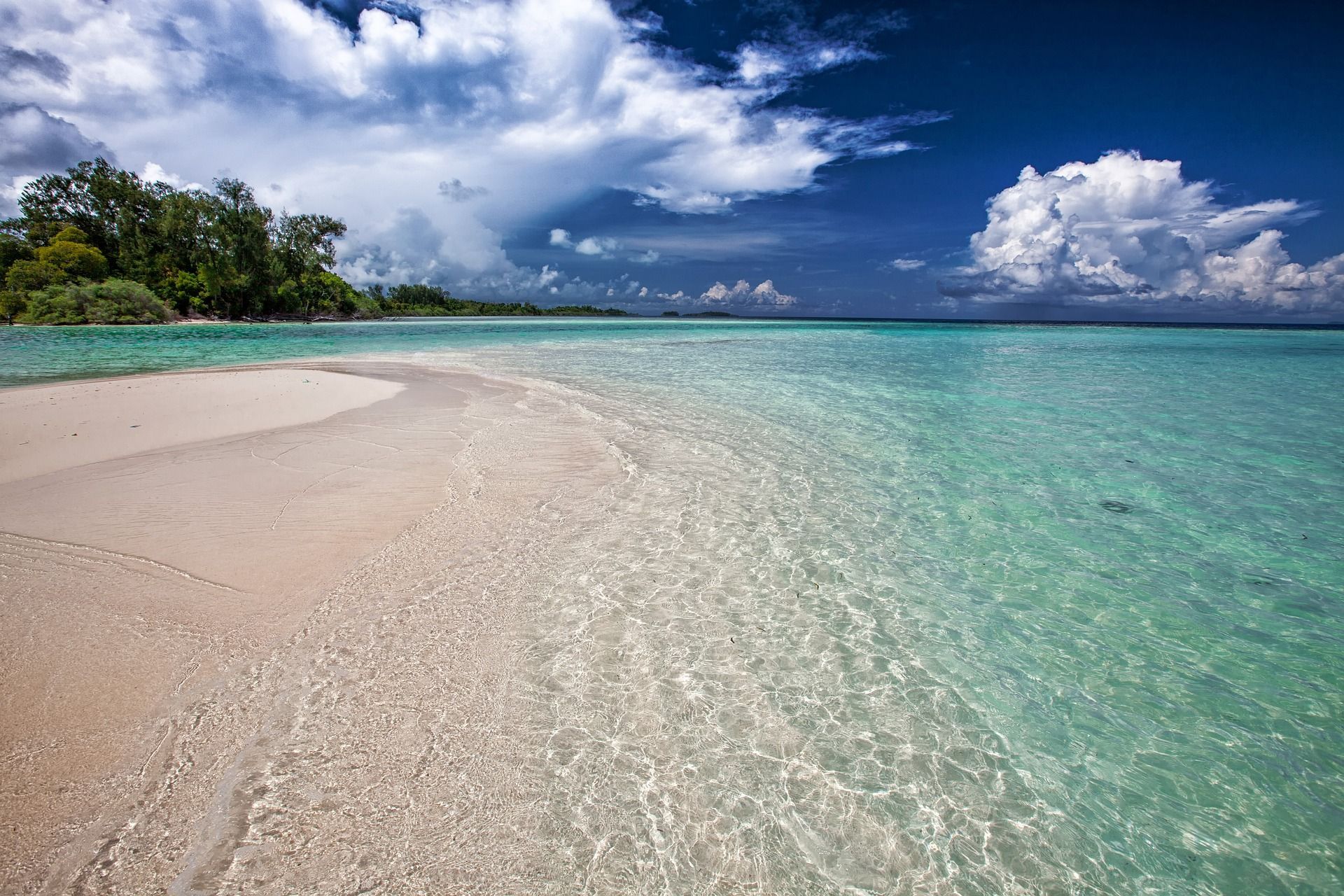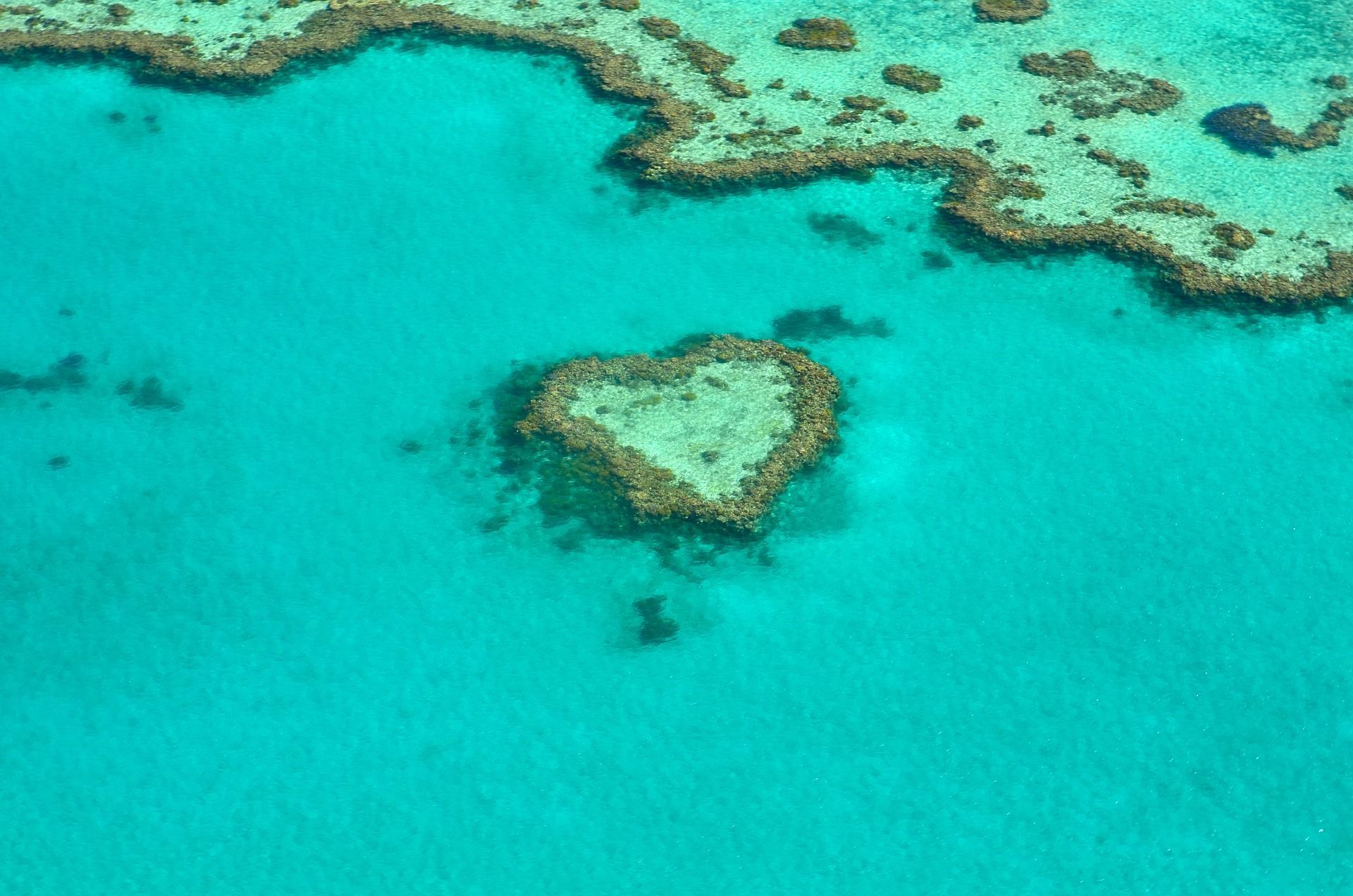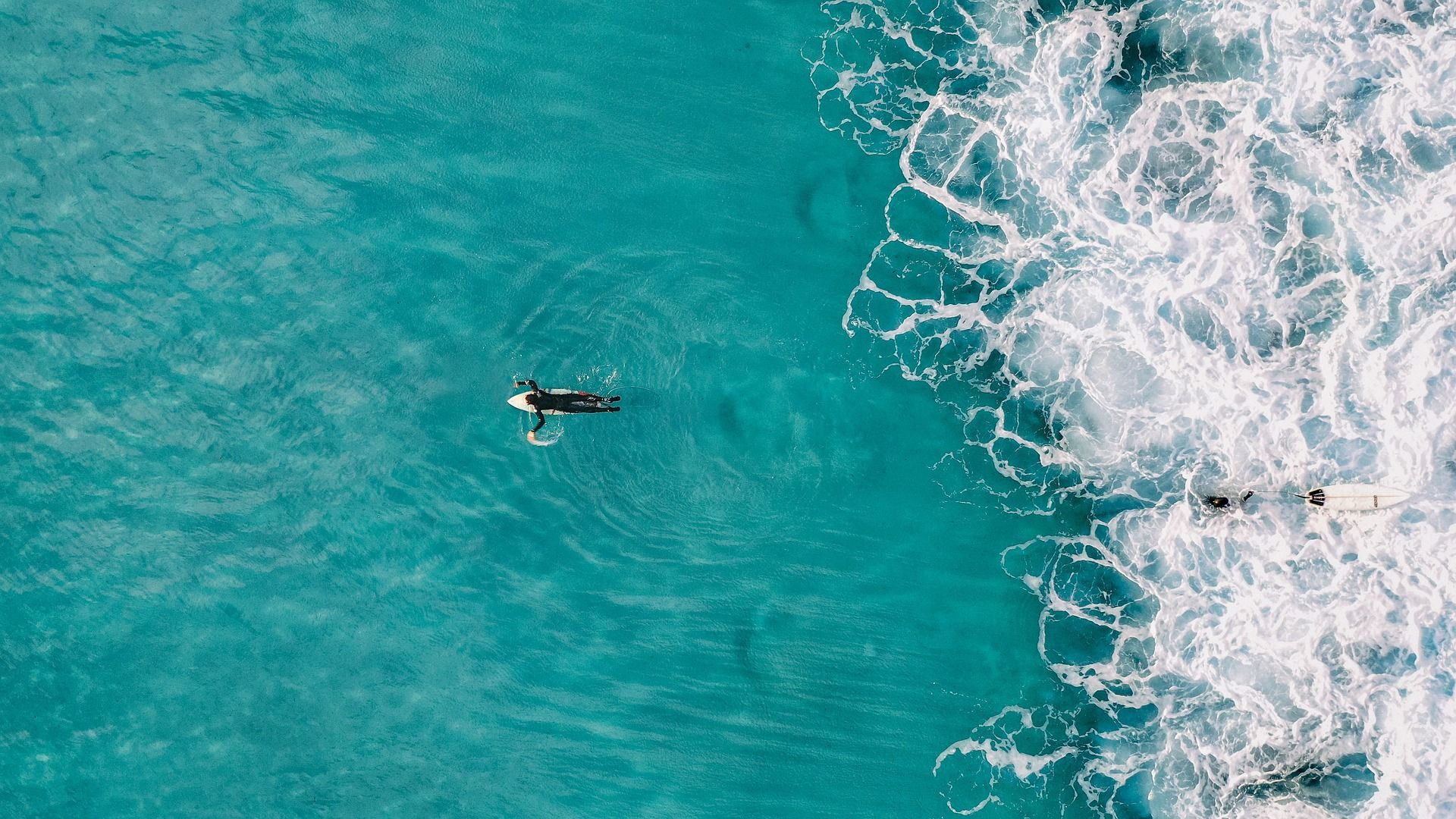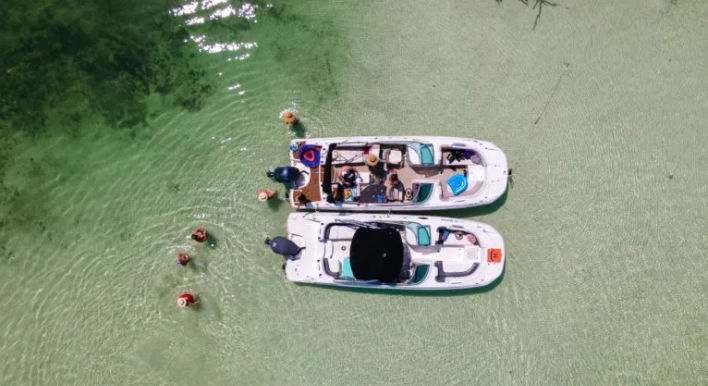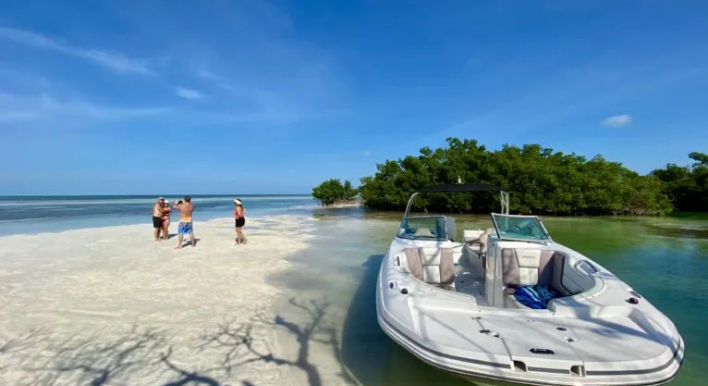Imagine walking along a beautiful beach when you suddenly come across a stunning, sandy oasis just off the shoreline. This is a sandbar, a fascinating natural feature that not only enhances the beauty of our coastlines but also plays a crucial role in coastal ecosystems.
In this blog post, we’ll explore “what is a sandbar”, how they form, their various types and locations, their roles in coastal ecosystems, their impact on human activities, and how climate change is affecting them. So let’s dive in and discover the incredible world of sandbars!
A tour we think you'll love
Short Summary
-
Sandbars are underwater ridges created by waves and currents that provide habitats for people & wildlife.
-
They protect coastlines from erosion, flooding & storm surges but can be dangerous so exercise caution when visiting them.
-
Climate change is causing disruption to sandbars, making it important to address these changes.
-
Visit the Florida Keys for spectacular sandbar exploration!
Understanding Sandbars: Definition And Formation
Sandbars are captivating natural formations that can be found in various coastal regions around the world. They are narrow strips of sand, either connected to the shore or offshore, often formed due to the deposition of sand by ocean waves and currents. These captivating ridges of sand can vary in size and shape, with some becoming large enough to be called barrier islands.
But how exactly do these fascinating formations come into existence? The answer lies in the power of ocean waves and currents. As waves and currents move, waves and currents move.
Defining A Sandbar
A sandbar is a submerged or partly exposed ridge of sand or coarse sediment built by waves offshore from a beach. These natural sand structures can serve as shallow habitats, signal changing tides, or even create ocean banks on coastal plains. Sandbars and barrier islands are closely related, as both are formed due to the action of waves and currents.
An interesting fact is that many exposed sandbars remain exposed even during high tide, making them an attractive spot for beachgoers and marine life alike. However, sandbars can also be dangerous, as strong currents and sudden drop-offs can pose risks to swimmers and boaters alike.
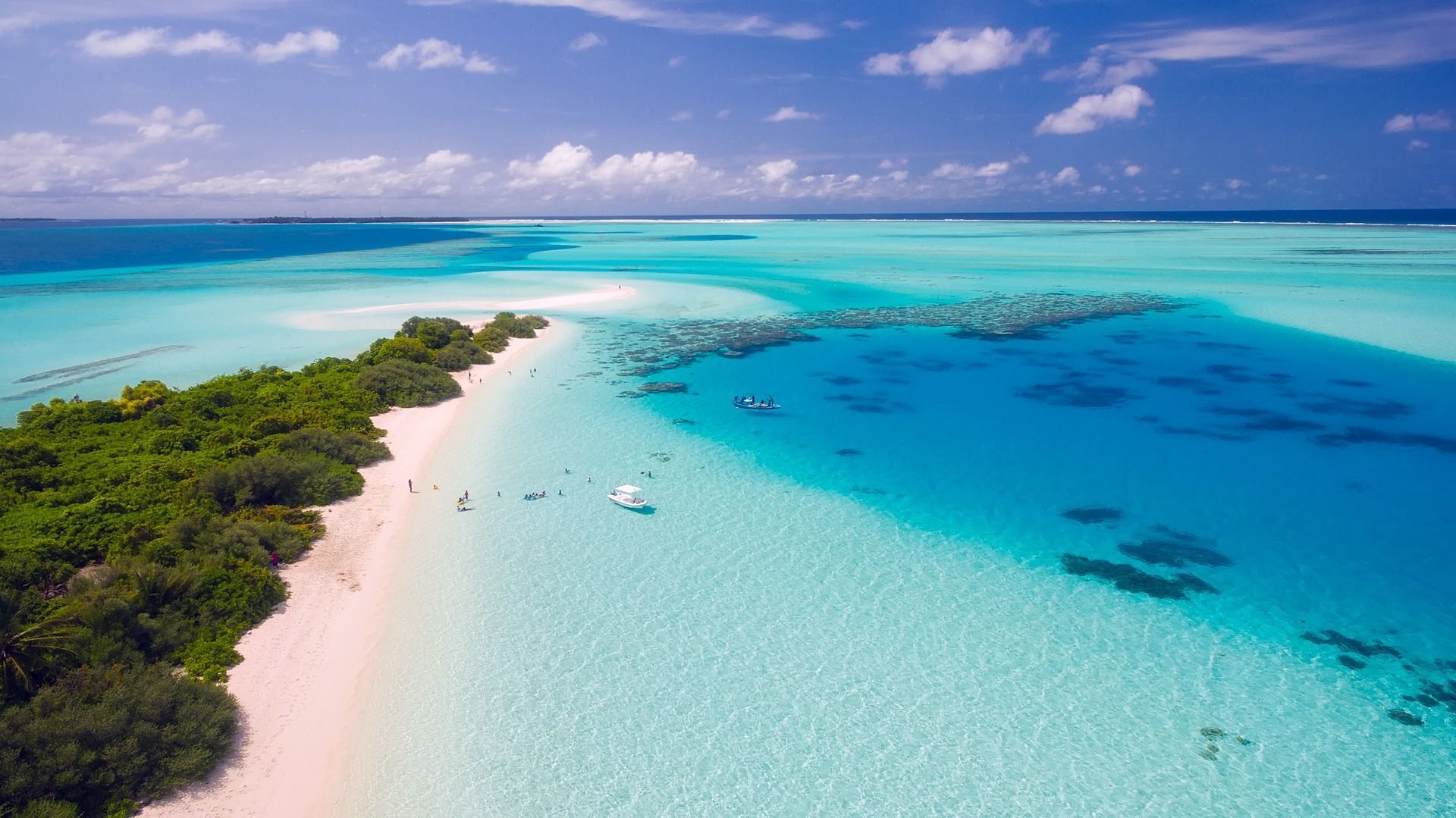
Formation Process
The formation of sandbars is a fascinating process that occurs as a result of the transport of sand by waves and currents. When sand accumulates over time, sandbars begin to take shape, with their appearance changing depending on the tides and currents.
The most common arrangement of sandbars is found on straight beaches, known as the Transverse Bar and Rip (TBR) state. The orientation of the TBR state is usually shore-normal, meaning it’s oriented in the direction of the alongshore current, with strong rip currents developing in between sandbars, especially in the open sea.
Despite their constantly changing appearance, sandbars play a vital role in coastal ecosystems. They provide a habitat for a variety of marine life such as fish, crabs, and other organisms, while also guarding coastal areas from erosion and flooding. Plus, they can be a great spot for recreational activities in deeper water.
Types Of Sandbars And Their Locations
Now that we have a better understanding of what sandbars are and how they form, let’s explore the different types of sandbars and where they can be found. Sandbars can be classified into three main types: bay head bars, barrier bars and islands, and bay mouth bars, each with its own unique characteristics and locations.
Bay head bars are found in the shallow waters of bays, estuaries, tidal inlets, and shallow lagoons, and this is where bay head bars occur.
Bay Head Bars
Bay head bars are sandbars that form at the head of a bay, separating it from the open ocean. These sandbars form at the mouth of a bay when water flows out to sea, creating underwater tidal deltas made up of sediment and sand. Bay head bars offer a home to a range of marine life, such as fish, crabs, and other critters, and also help protect the coast from erosion and flooding.
Climate change, however, is causing sea levels to rise, which can result in more erosion of bay head bars, leading to changes in the habitats they provide and the protection they give to the shoreline.
Barrier Bars And Islands
Barrier bars and islands are large sandbars that run parallel to the coastline, protecting the shore from waves and storms. These coastal structures are made up of sand and sediment deposits and are built up by waves and currents. Barrier bars and islands not only protect the coast from erosion and storm surges but also provide a home for various marine life.
However, it is important to note that barrier islands are particularly prone to flooding during storms, especially during hurricanes, which can cause a lot of damage from both rushing water and high winds.
Bay Mouth Bars
Bay mouth bars are sandbars that form at the entrance of a bay, partially or completely blocking it off from the open ocean. They are formed by the process of longshore drift, which is when sediment is moved along a shoreline due to the action of waves and currents. As the sediment reaches the entrance of a bay, it is deposited and forms sand bars.
Bay mouth bars can be both beneficial and detrimental to the environment. They can create a habitat for marine life, protect the shore from erosion, and act as a buffer against storm surges. However, they can also block access to the bay, leading to increased sedimentation and poorer water quality.
The Role Of Sandbars In Coastal Ecosystems
As we’ve seen, sandbars play a vital role in coastal ecosystems. They not only provide habitats for marine life but also protect our coastlines from erosion and flooding.
Let’s delve deeper into the importance of sandbars as habitats and their relationship with coral reefs.
Sandbar Habitats
Sandbars serve as shallow habitats for various marine species, attracting a wide range of creatures such as sandbar sharks, turtles, small tropical reef fish, and crustaceans. Their formation also signals changing tides and ocean conditions, providing valuable information to both humans and marine life.
While sandbars are undeniably important for marine life, human activities can also have an impact on these habitats. Tourism and recreational activities can lead to erosion and damage to sandbars, affecting the delicate balance of the coastal ecosystems.
Coral Reefs And Sandbars
Coral reefs and sandbars can coexist in coastal ecosystems, with sandbars providing protection for the reefs from strong waves and currents. Sandbars and coral reefs can form lagoons, which are shallow bodies of water surrounded by sandbars, barrier islands, or coral reefs. The relationship between sandbars and coral reefs is mutually beneficial, as sandbars provide a home for many of the creatures living near coral reefs while also protecting the reefs from the damaging effects of waves and storms.
However, climate change is causing sea levels to rise, which can result in the erosion of sandbars and the destruction of coral reefs. This highlights the importance of understanding and protecting these delicate coastal ecosystems.
Sandbars And Human Interaction
Sandbars are not only important for marine life but also have a significant impact on human activities. They are popular tourist attractions and recreational spots, often hosting beachgoers, cafes, and bars.
However, sandbars can also pose dangers due to rip currents and changing tides, making sandbars dangerous and important for visitors to exercise caution and follow safety guidelines.
Tourism And Recreation
Sandbars are popular tourist attractions and recreational spots, offering a range of water activities like canoeing, paddleboarding, snorkeling, wakeboarding, kayaking, water volleyball, banana boat rides, and bumper tube rides. Their shallow waters and picturesque settings make them ideal locations for beachgoers and marine enthusiasts alike.
The growing popularity of sandbars for tourism and recreation has led to the opening of businesses like cafes and bars near these coastal features. However, it is crucial to remember that increased human activity can also result in erosion and damage to sandbars, potentially affecting the delicate balance of coastal ecosystems.
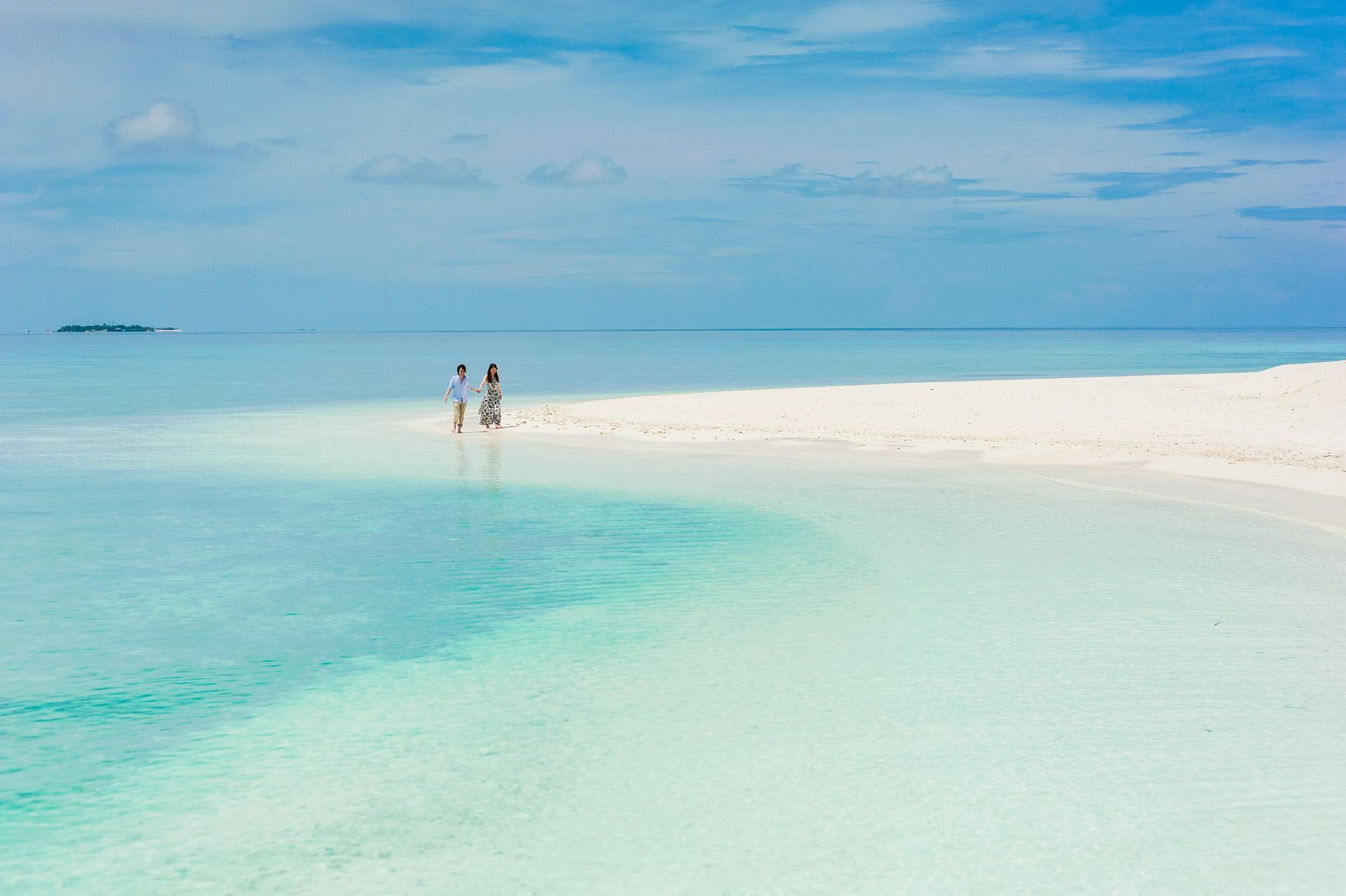
Dangers And Safety Concerns
Despite their appeal, sandbars can pose dangers due to rip currents and changing tides. Sudden drop-offs and strong currents can create hazardous conditions for swimmers and boaters alike, making it important for visitors to exercise caution and follow safety guidelines.
When visiting a sandbar, it is essential to be aware of the changing tides and rip currents and to follow safety guidelines like swimming in designated areas, wearing life jackets, and not swimming alone.
Boaters should also be cautious, as sandbars can shift and cause boats to overturn. By understanding the risks and taking appropriate safety precautions, we can enjoy the beauty and allure of sandbars while preserving their delicate ecosystems.
The Impact Of Climate Change On Sandbars
Climate change is having a profound impact on our planet, and sandbars are no exception. Rising sea levels and altered erosion and deposition patterns are affecting the formation and stability of these coastal features, making it essential to understand and address these changes.
Sandbars are important for coastal protection, providing a buffer against storm surges and wave action. They are.
Sea Level Rise
Rising sea levels can lead to the submersion of sandbars or the formation of new ones as coastal areas become inundated. The increase in the average level of the ocean over time is caused by melting ice caps, thermal expansion of water, and other factors. As sea levels continue to rise, the erosion of sandbars and the loss of low-lying land can become more common, affecting coastal ecosystems and the marine life that calls them home.
The impact of sea level rise on sandbars highlights the importance of understanding and mitigating the effects of climate change on our coastal environments. By addressing these issues, we can work to preserve the delicate balance of these ecosystems and the unique beauty they offer.
Erosion And Deposition
Climate change can also alter erosion and deposition patterns, affecting the formation and stability of sandbars. Erosion is the process where wind, water, or ice wear away land surfaces, while deposition is when sediment, such as wind-carried sand, is left behind by these forces. As climate change continues to impact our planet, the way erosion and deposition occur can ultimately affect the role sandbars play in coastal ecosystems.
Understanding these changes and their impact on sandbars is essential for preserving the delicate balance of coastal ecosystems. By recognizing and addressing the challenges posed by climate change, we can work together to protect and preserve these unique coastal features for future generations.

Sandbars In The Florida Keys
The Florida Keys are home to some truly stunning sandbars, offering visitors the opportunity to experience these unique coastal features firsthand.
From the popular Islamorada Sandbar to the lesser-known gems around Key West, the sandbars in the Florida Keys are a testament to the beauty and allure of these natural formations. Visitors can explore the sandbars by boat, kayak, or even on foot.
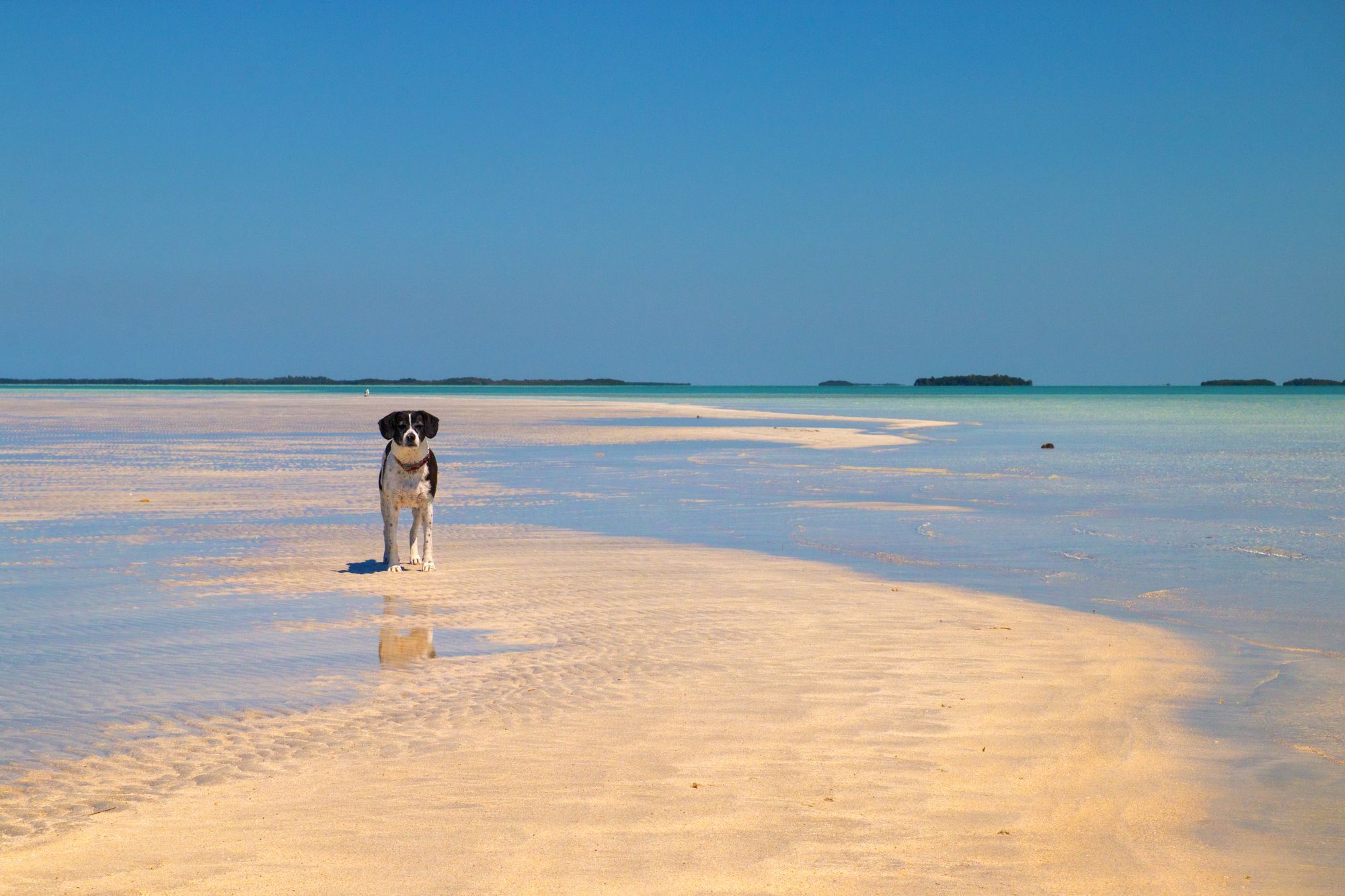
Explore Sanbars Around Key West
Discover the beauty and allure of sandbars in the Florida Keys, with popular spots like Snipes Point and Marvin Key offering unique experiences for visitors. In addition to these well-known destinations, there are several lesser-known sandbars around Key West that are worth exploring, such as the Boca Chica sandbar, Woman Key sandbar, Mud Keys sandbar, and Jewfish Basin sandbar.
While visiting these sandbars, you can partake in a variety of activities like swimming, snorkeling, fishing, kayaking, and bird-watching. However, it’s important to be aware of the potential dangers and safety concerns associated with sandbars, such as strong currents, rip tides, and hazardous marine life. Always make sure to check local regulations and restrictions before venturing out to these captivating coastal features.
Explore Sanbars With Our Professional Local Guides
Experience the natural beauty of Key West on one of our exciting sandbar tours at Key West Sandbar Tour. Our knowledgeable guides will show you all the best spots, from stunning sandbars to vibrant mangrove forests. Don’t miss out on the best adventure in Key West – book your tour today!
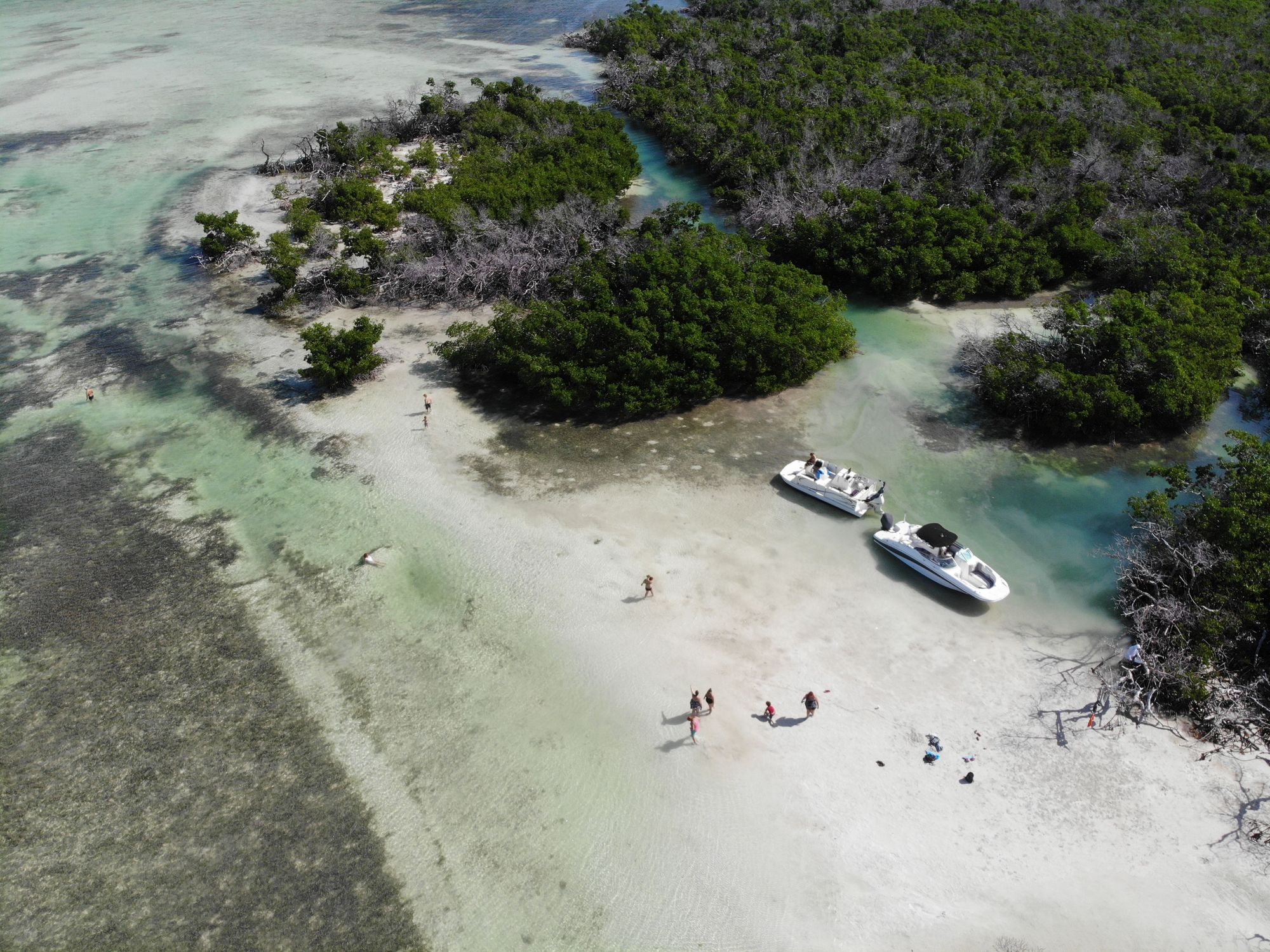
Summary
Throughout this blog post, we’ve explored the fascinating world of sandbars, delving into their definition, formation, types, and locations. We’ve also discussed their vital role in coastal ecosystems, their impact on human activities, and the challenges they face due to climate change.
As we’ve seen, sandbars are not only captivating natural features but also crucial components of our coastal environments. By understanding and appreciating these unique formations, we can work together to protect and preserve them for future generations.

